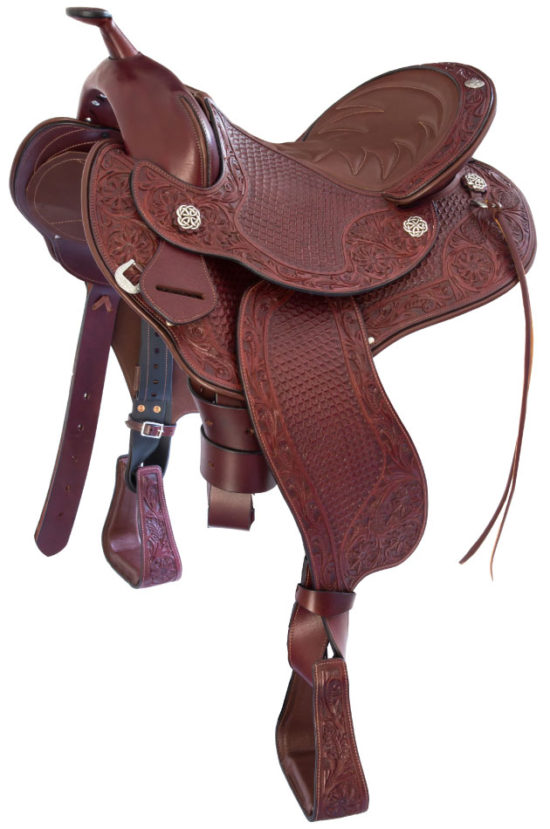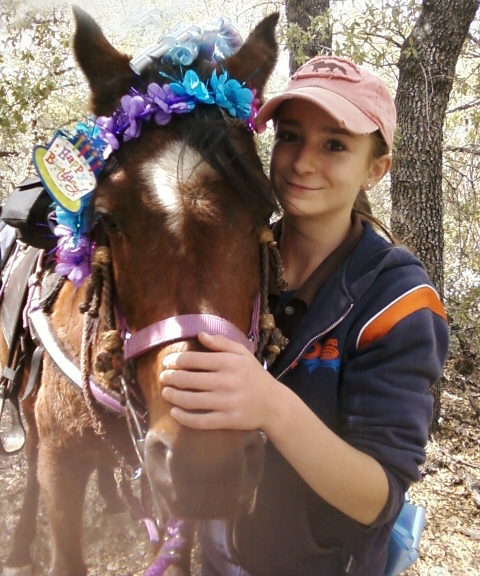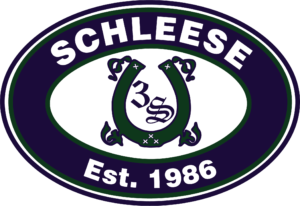Saddle Fit and Western Saddles
I have been asked now several times to address the subject of fitting western saddles, and have done some presentations on this at both the Certified Horsemanship Association Conference and the Western States Horse Expo in CA. As you may know, my specialty is English saddles – and mainly dressage – but with the launch of our Devin Western Saddle with its many benefits and features it’s perhaps time to put some of these thoughts down on paper.

My principle on saddle fitting – any model – is to fit the saddle to both the rider and ensure he/she is sitting correctly, balanced, and comfortably, as well as to the horse’s conformation. Regardless which saddle – dressage, jumping, racing, endurance, speciality saddle, or western saddle – it has to fit along the lines of these commonly accepted principles. The saddle is not to impact or deform the horse’s back and fit into the saddle support area, sit over the shoulder and damage the cartilage, impinge the spinal processes or ligaments, nor pinch and numb the nerves permanently. This is the philosophy of Saddlefit4life® – to protect horse and rider from long term damage – regardless of the saddle. For the rider, the basics are that the back shouldn’t ache, the hips shouldn’t hurt and feel pulled apart, the knees shouldn’t bruise, and the rider should sit in proper balance to achieve riding in harmony.
Most western saddles are still built to the principles of the last century where they were working saddles used by cowboys. Most western saddles built in the last 40 to 50 years are still built for the male rider, but it seems that the manufacturers may have forgotten what was done in the old days – when the cowboy came from a cattle drive after being 3-4 months in the countryside, the horse was usually put out to pasture for a few days to rest. It may have gotten new shoes, and got a thorough grooming, while the saddle itself was completely overhauled. The panel sheepskin was pulled off and replaced, and the bottom of the tree was reshaped to the horse’s back with new sheepskin. He was then ready for the next cattle drive with a newly properly fitted saddle.
The same applied to the army saddles – in the cavalry the officer was taught how to shift the stuffing around through the bottom of the saddle which was made of a serge panel. The stuffing was horsehair and deer hair and could be adjusted as much as 4-5 times per year. I have yet to see a modern western saddle refitted in any way – so they either fit well or they really don’t.
So what does this mean? Both the working riders – cowboy or soldier – realized proper equipment and properly fitted saddles allowed them to do their jobs while protecting their horses.
Today we have mass-produced western saddles (even those generally deemed ‘custom’) still made mainly for a traditional male cowboy, even though statistics show that 75% of western riders are female, and most are made and sold without proper fitting to the horse. This is why we introduced the western and English trail saddles to our line – to bring back old traditions but to fit new clientele (women) who want to enjoy hacking. The average weight of a ‘real’ western saddle is 45-50 pounds which is an effort to lift, so we developed a lighter model approximately 25-27 lbs. We use a re-modeled AdapTree® designed for pleasure trail riding and which can be adjusted in the panels that are attached to the bars. It is also completely adaptable for the rider with its adjustable seat – which makes it unique in the western world in that it becomes useable for many different riders and many different horses. Everyone who has sat in it has absolutely fallen in love with it – which is great, because we donate a portion of every sale to our Devin Grace Scholarship Fund to help children in need. We will be at the Ohio Equine Affaire – stop by and try this saddle out for yourself and feel the difference the adjustability will make for you!


©2017 Saddlefit 4 Life® All Rights Reserved
